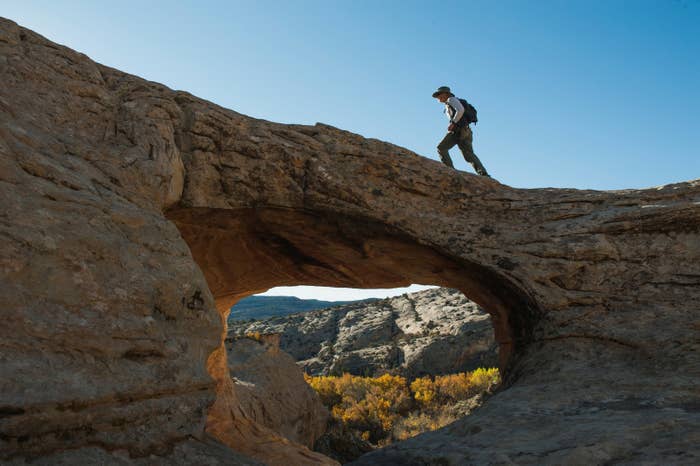
The Trump administration plans to break up and dramatically reduce the size of two national monuments in Utah, potentially handing a victory to rural conservatives while also guaranteeing a barrage of legal challenges by conservationists and Native American groups.
The plans, which will be announced on Monday with President Trump visits Salt Lake City, would see both Bears Ears and Grand Staircase-Escalante national monuments divided into multiple smaller preserves, according to maps obtained Thursday by the Wilderness Society. Bears Ears, currently a 1.3-million-acre monument in Utah's San Juan County, would be split into the Indian Creek National Monument and the Shash Jha National monument.
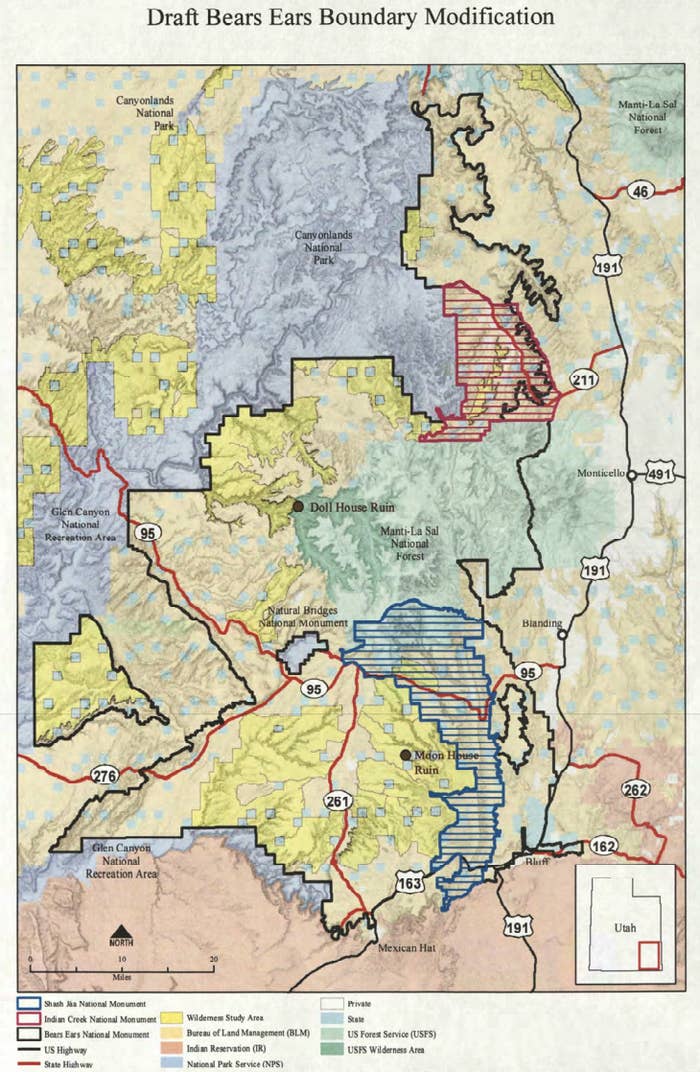
Grand Staircase-Escalante, which currently spans 1.8 million acres in Garfield and Kane counties in southern Utah, would be broken up into three new federal lands: Escalante Canyon National Monument, Grand Staircase National Monument, and Kaiparowits National Monument, according to the maps.
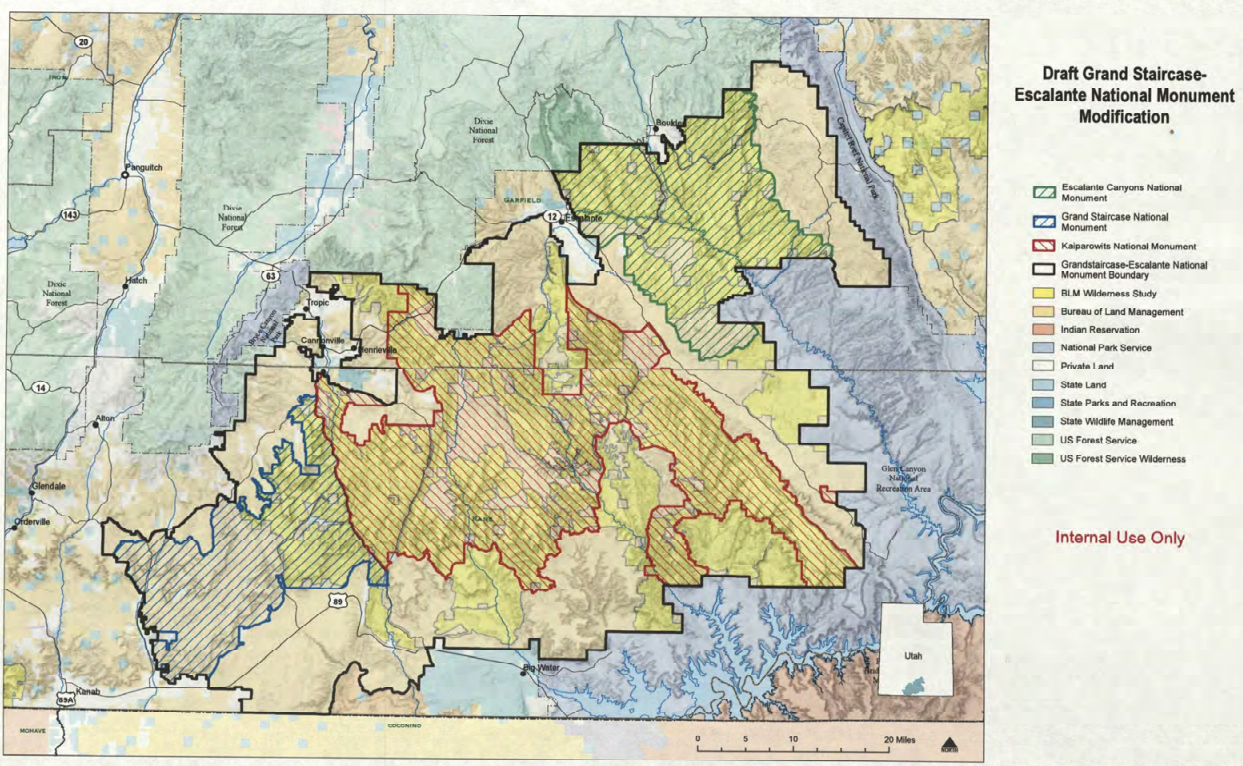
The Washington Post first reported the proposed reductions Thursday, adding that the three monuments carved out of Grand Staircase-Escalante would by reduced by about 50% from its current size to less than one million acres. Bears Ears would be slashed in size by 85%, with the two new monuments replacing it adding up to just over 200,000 acres.
Two sources, speaking on the condition of anonymity, confirmed to BuzzFeed News that plans to split the monuments were being considered, though those plans could still change before Trump arrives in Utah on Monday to make a formal announcement.
When asked about the maps and proposed changes, a spokesperson for the Interior Department — which manages national monuments and public lands — said they "are pushing inaccurate information," but did not elaborate.
The expected reductions are the result of a review focusing on all large national monuments — which in the West are typically preserves akin to national parks — that were created since 1996. Trump ordered Interior Secretary Ryan Zinke to carry out the review earlier this year. It wrapped up in August and resulted in recommendations to modify several monuments, though the Trump administration has thus far released few details about the review process or the specifics of its conclusions.
Earlier this month, a number of environmental groups sued the Trump administration over that lack of information and its failure to respond to multiple information requests.
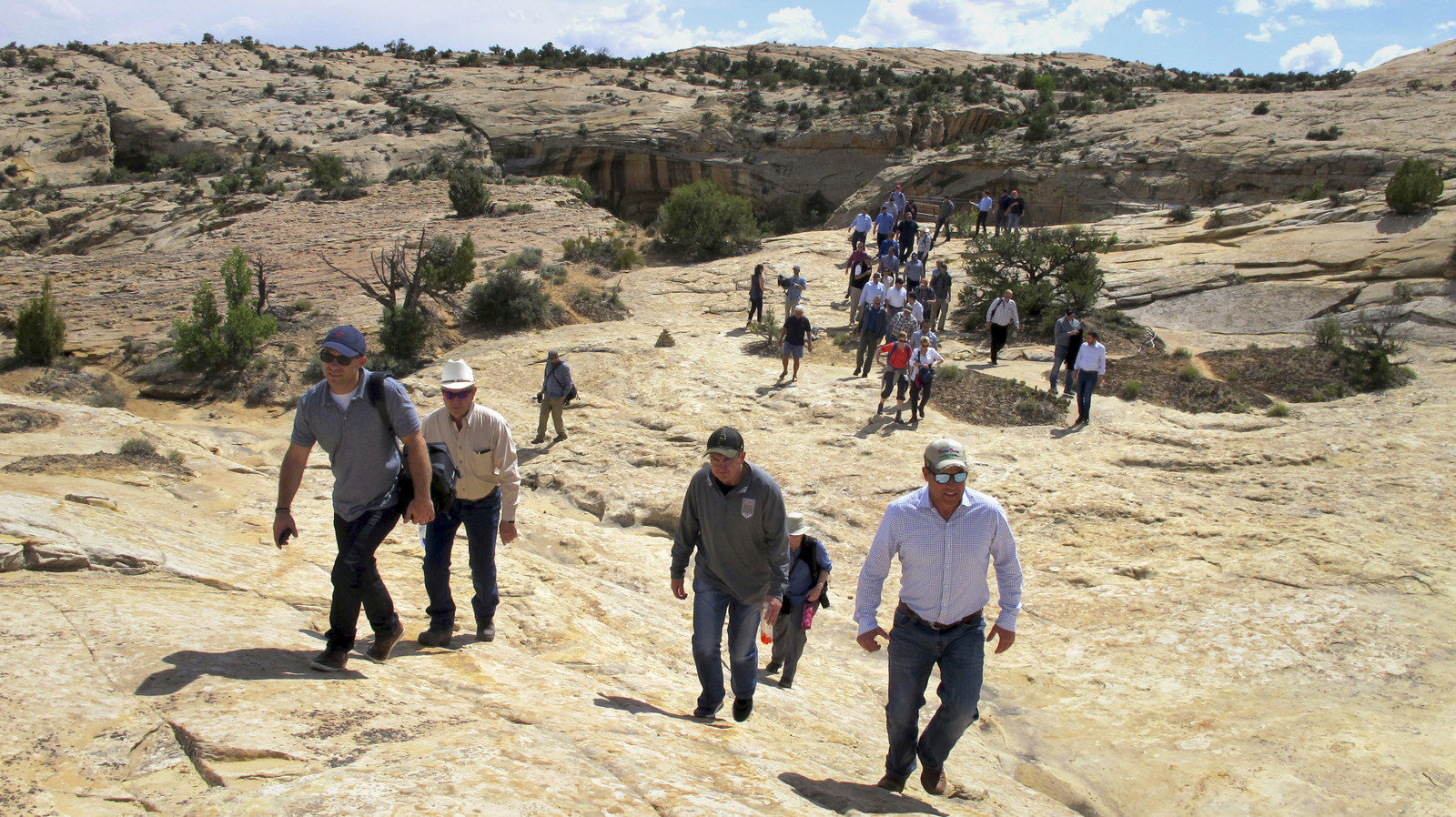
The expected reductions also mark the latest salvo in a long-running conflict between those who want increased protections for publicly owned land in the West — typically conservationists and Native American tribes — and those who want to allow grazing, logging, and mining on public lands in addition to things like recreation.
The conflict over public land goes back decades and is at the heart of high profile incidents such as the armed standoffs led by the Bundy family in 2014 and 2016.
In the final days of President Obama's term, a coalition of Native American tribes and conservationists successfully lobbied the president to create Bears Ears National Monument. The groups had long argued that the region included both sensitive ecosystems as well as a multitude of sacred and historical sites.
However, ranchers, some local officials, and the entire congressional delegation from Utah condemned the monument, saying it negatively impacted the local economy — arguments that have also been lobbed at Grand Staircase-Escalante since President Clinton created it in 1996. Utah's political leaders also vowed to fight the Bears Ears designation and the Antiquities Act, the 1906 law that gives presidents the power to create national monuments out of existing federal land.
Trump's visit to Utah and the expected reductions to the monuments represent the latest fruition of those efforts to undo Bears Ears and, more generally, scale back federal influence over public land in the West.
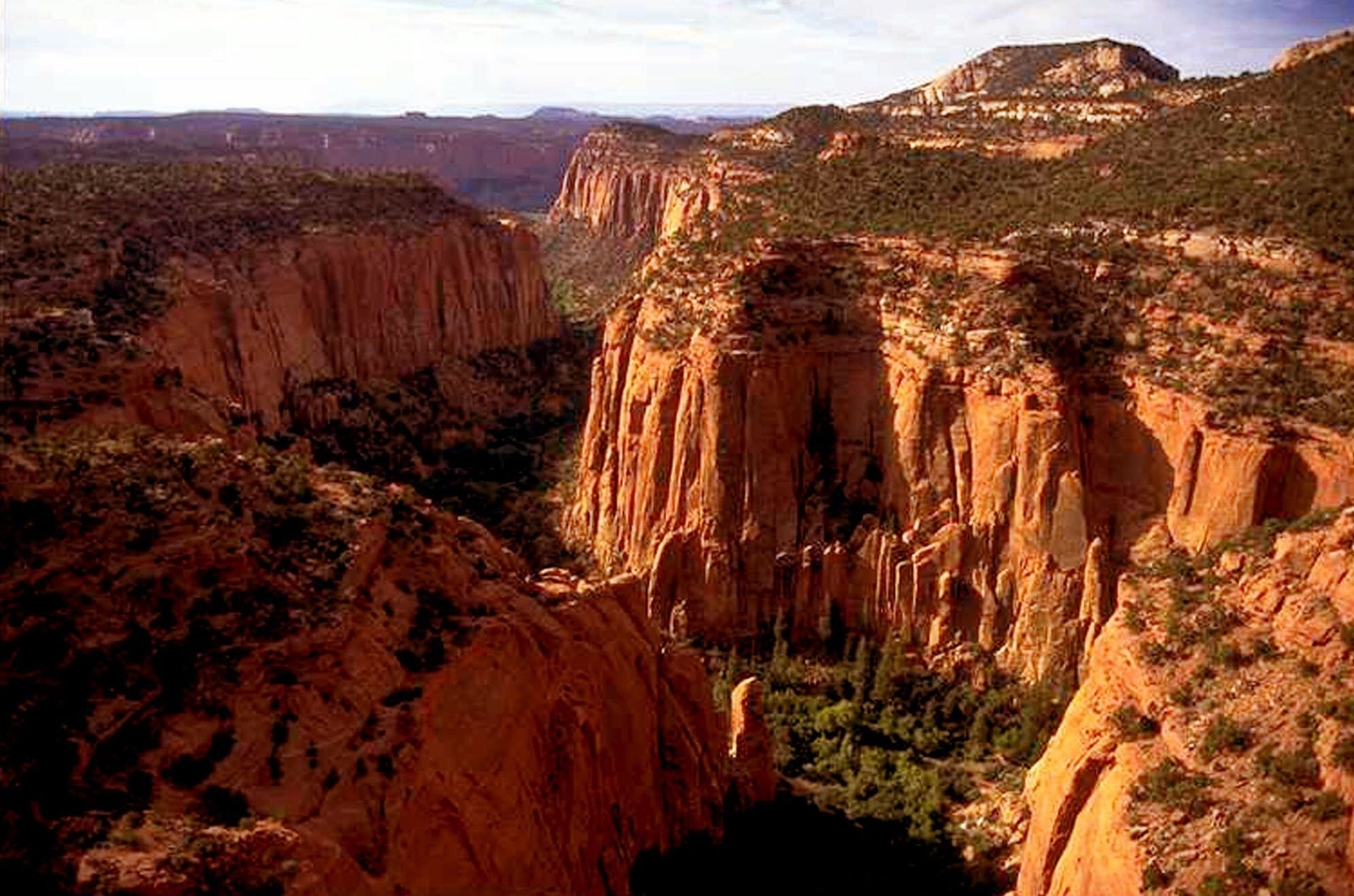
Still, the battle between monument supporters and critics is likely to rage on for the foreseeable future. Jamie Williams, president of the Wilderness Society, condemned the expected reductions, saying in a statement that the Trump administration was "bowing to special interests, including oil and mining companies."
"There will be outrage if the President moves forward with the plans outlined in these maps," Williams said. "Fortunately the law is on the side of protecting these valued lands and once again the President’s actions will be met on the courthouse steps."
In a statement to BuzzFeed News, Rep. Raúl Grijalva, an Arizona Democrat, referred to the changes as "plans to destroy" the monuments and called them "illegal" and "deeply insulting."
"Next week he’ll travel to Utah to desecrate a national monument sacred to Native Americans," he added. "The president needs to get off Twitter, turn off Fox and Friends and try to learn something about what national monuments are and how and why they’re created."
A host of other Native American and conservation groups have also vowed to fight the Trump administration in court over any changes to the monuments.
Western lawmakers, however, have spoken positively about the prospect of changes. Sen. Orrin Hatch, a Utah Republican, told the Post he believes Trump's coming announcement "will represent a balanced solution and a win for everyone on all sides of this issue."
And Rep. Rob Bishop, also a Utah Republican, thanked Trump in a statement Thursday, praising his "commitment to listen to local voices and elected leaders from our communities."
"The President has stood against prior abuses of executive power," Bishop continued, "and his administration has demonstrated a commitment to work in concert with local communities to protect unique public antiquities and objects the right way."
